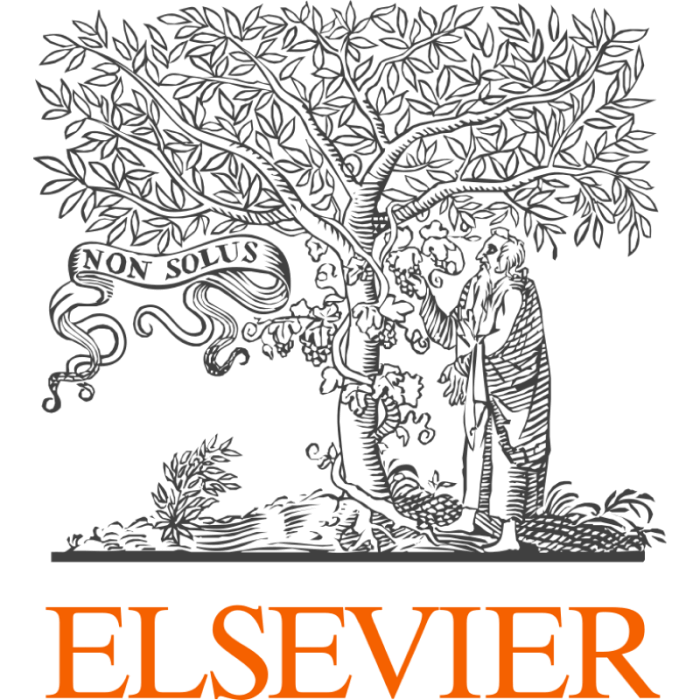Zhou H., Dorsman J.L., Mandjes M., Snelder M.
Nowadays, many cities are intending to reduce the use of private vehicles. Governments are incorporating new mobility services and are adapting their parking policies to promote a more sustainable mobility, as both strategies are believed to have the potential to reduce private vehicle use. To understand the effects of these strategies, one needs to be able to model complex travel behaviour up to a very high level of detail. Owing to their flexibility, robustness and ability to model travel activity behaviour on an individual level, activity based travel demand models (ABM) offer a highly suitable methodology for this purpose. In this paper, we employ this methodology to perform a case study in a metropolitan region in the Netherlands which surrounds and includes the cities of Rotterdam and The Hague. This region is of vital economic importance and has a very developed and dense road network. The population of this region is growing, which motivates the ambition to improve its accessibility and move towards sustainable mobility. Therefore, the findings of this study are important to similar regions seeking to do this as well. After setting up a suitable, calibrated ABM able to perform a comprehensive study on the effects of new mobility services and parking policy adaptations in the above-mentioned region, we design seven scenarios to give quantitative answers to policy-related questions on how altering features can reduce the extent to which private vehicles are used for travelling. These features include the availability of mobility hubs (hubs on neighbourhood level where sustainable travel modes are linked), the availability of car/bike sharing services, the availability of ‘Mobility as a Service’ (MaaS) subscriptions, the amount of parking capacity in the region and the parking costs. We also study what the impact would be of an improved public transport service with lowered public transport travel times to and from the city centers, and the impact of an improved cycling network infrastructure with significantly lowered travel times for bike and e-bike travellers. Based on the case study, we find that the introduction of mobility hubs alone has limited impact. However, combining this with making sharing services available to the public through MaaS subscriptions, there is a potential to reduce the number of car trips significantly, while the number of trips undertaken by a more sustainable (shared) e-bike increases as well as the number of so-called multi-modal mode trips (trips undertaken by a combination of various modes). Furthermore, improving the public transport service and micromobility network further increases the potential of mobility hubs in terms of making mobility more sustainable. The case study also shows that limiting parking capacity and increasing parking costs in the city centers is especially helpful for the reduction of vehicle use, leading to an improved car flow.
 ,
,





